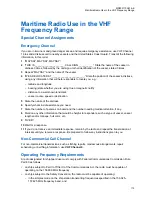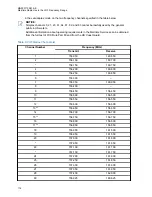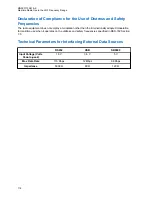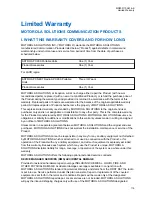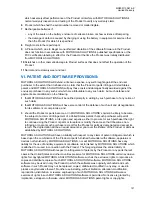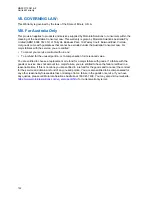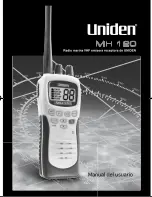
Channel
A group of characteristics, such as transmit/receive frequency pairs, radio parameters, and
encryption encoding.
Control Channel
In a trunking system, one of the channels that is used to provide a continuous, two-way/data-
communications path between the central controller and all radios on the system.
Conventional
Typically refers to radio-to-radio communications, sometimes through a repeater. Frequencies
are shared with other users without the aid of a central controller to assign communications
channels.
Conventional Scan List
A scan list that includes only conventional channels.
COTS
Commercial Off-The-Shelf.
Cursor
A visual tracking marker (a blinking line) that indicates a location on a display.
Digital Private Line (DPL)
A type of digital communications that utilizes privacy call, as well as memory channel and busy
channel lock out to enhance communication efficiency.
Digital Signal
An RF signal that has a pulsed, or discrete, nature, rather than a continuous nature.
Dispatcher
An individual who has radio-system management duties and responsibilities.
Digital Signal Processor
A microcontroller specifically designed for performing the mathematics involved in manipulating
analog information, such as sound, that has been converted into a digital form. DSP also implies
the use of a data compression technique.
Dynamic Regrouping
A feature that allows the dispatcher to temporarily reassign selected radios to a single special
channel so they can communicate with each other.
DSR
Dynamic System Resilience.
EID
Encrypted Integrated Data.
ESN
MN003110A01-AK
Glossary
124






